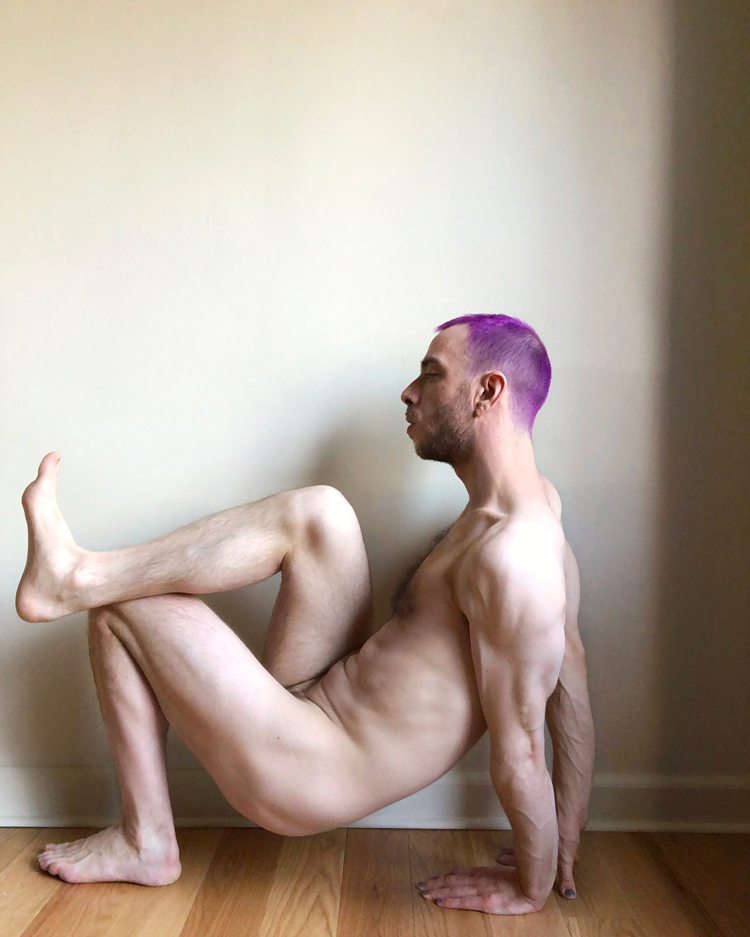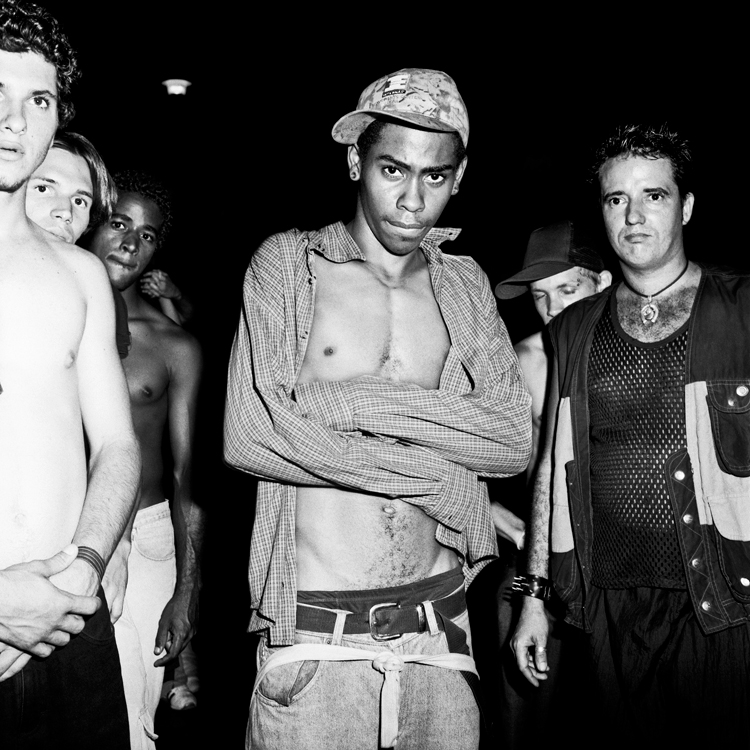
Through an LGBTQ Lens
Meet some of the queer and queer-friendly artists featured at FotoFest Biennial 2022.
The FotoFest Biennial 2022, which opened late last month, includes the work of several queer and LGBTQ-friendly artists.
This fall’s central exhibit, If I Had a Hammer, is an exploration of how photography captures historical narratives and political ideology. It investigates the power images have in elevating or repressing the societal movements that they depict.

Ryan Patrick Krueger (They/Them)
When it comes to creating visual art, Ryan Patrick Krueger wants to examine “how potent photography can be when considering invisible histories for a marginalized community that depends on visibility and representation.”
For the past decade Krueger has relied on eBay to collect their materials. “Specifically, I collect vernacular photographs prior to the Gay Liberation Movement of the 1970s to consider the dependency of photography and LGBTQ+ history during a time of invisibility for queer life,” says Krueger, who displays the images with their original eBay listings and shipping materials.
Krueger also works with high-school yearbooks published prior to the Gay Liberation Movement. “I appropriate the grid format of school portraits by using an empty 35mm slide mount to guide through the pages, finding moments where men are situated shoulder to shoulder, and creating compositions from those discoveries,” Krueger explains. “This process is similar to what I search for in the photographs from eBay, and results in printmaking, installation, and assemblage works.”

Jonathan David Symth (He/Him)
Jonathan David Symth was raised in a foster family before being adopted. He discovered he was gay at an early age. Those childhood circumstances gave him a different perspective from most of his friends. “When I found photography as a teenager, I saw it as a way for me to process some of these feelings in a positive and productive way,” Symth explains, “and it was very cathartic for me.”
At FotoFest, Smyth is displaying 20 self-portraits from his photography series BETWEEN YOU AND ME (2019–2020). “This work is largely inspired by reconnecting with my birth mother after three decades apart,” Symth says. “Each portrait is titled after a particular person from my life who has made an impact on me—blood-related or not.”
Despite photography being such a visual medium, Symth’s work often begins with the written word. “I am a bit of an obsessive word-keeper. I jot things down on notepads, and I use my phone to save sentences that I like the look of,” he says. “This helps me decide what I want to say, and what type of artwork I want to make.”

Bruce Yonemoto (He/Him)
Bruce Yonemoto’s work is derived from his research and his travels to Vietnam. It’s further informed by classic films, such as Ingmar Bergman’s Persona. At FotoFest, people will get to see selected images from his NorthSouthEastWest and Beyond South: Caravaggio series.
In researching historical records, Yonemoto discovered there were Asian Americans who fought on both sides during the American Civil War, which inspired NorthSouthEastWest.
“I realized that, once again, people of various racial backgrounds had been systematically excluded from the national record, even by recent revisionist histories,” explains Yonemoto.
For this series, his models wear Civil War costumes rented from Western Costume, whose collection dates back to 1912 and includes Civil War uniforms used in D.W. Griffith’s infamous film, The Birth of a Nation.
With Beyond South: Caravaggio, Yonemoto appropriates masterpieces by Michelangelo Caravaggio to critique the sexual tourism industry.
“Each photograph re-imagines an original Caravaggio portrait setting, with the original figures replaced by similarly posed Asian models,” says Yonemoto. “Through Hollywood devices of costume and set, the photographs muddy readings of subject and gaze, Western art history, and late-20th-century politics, religion, representation, imperialism, and tourism.”

Living and working in Cuba, Alejandro González considers himself to be a documentary photographer, and his work seeks to fill in journalistic or social-representation gaps. “In Cuba, the press is entirely controlled by the government, so only the official discourse is shown,” says González. “I have tried to cover those silences.”
FotoFest attendees will see 10 pieces from his series AM-PM, which depicts Havana’s nightlife in 2005. “To make it, I traveled for months along perhaps the most important single street in Havana: 23rd Avenue,” he explains. “I dedicated myself to taking pictures of people who were on that avenue all night and early in the morning.” He did this to show a side of Cuba that has been continually ignored by the official media.
Beyond this series, González is committed to giving representation to all of the Cuban social sectors that have been silenced, including the LGTBQ community. “I would like viewers to get to know this Cuba, as well, to help them dismantle certain clichés about my country and show them other aspects of its reality,” he says.

C. Rose Smith (She/They)
C. Rose Smith was born in Memphis, Tennessee, and now resides in Rochester, New York, studying at the Rochester Institute of Technology as an MFA candidate. According to Smith, their work is “embedded in the humanities and social sciences, often mapping the construction of identity and its representations to the physical orientation of a social landscape.”
“I am curious about what it means to have complete autonomy,” says Smith. “I consider the conversations and individuals that have been intentionally excluded from the canon of art and history, and make space to include this in my art.”
At FotoFest, audiences will see pieces from Smith’s thesis project titled Scenes of Self: Objecting Patriarchy. This project features portraits of the subject wearing a white dress shirt, highlighting the intersection of fashion, representation, and identity.
WHAT: If I Had a Hammer— FotoFest Biennial 2022
WHEN: Through November 6
WHERE: Participating spaces citywide
INFO: fotofest.org.











FB Comments